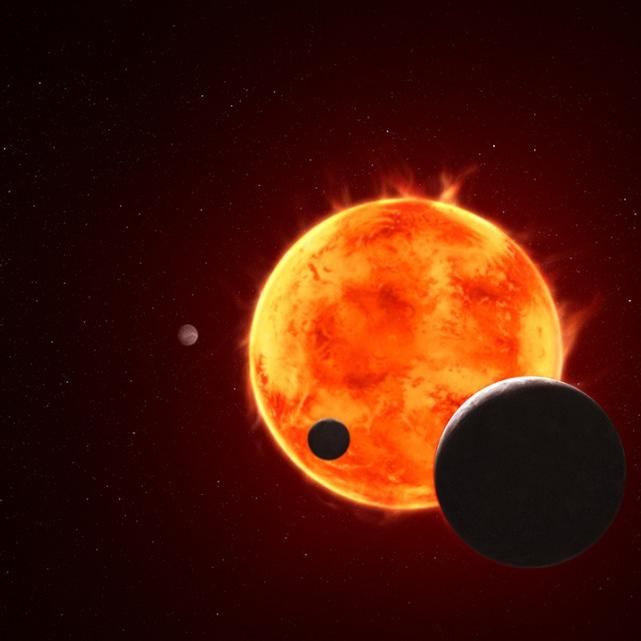
Is there water on an Earth-sized exoplanet? Study offers clues
TRAPPIST-1 e may have an atmosphere that could support having liquid water on the planet’s surface in the form of a global ocean or icy surface, according to new research.
 Department Homepage
Department Homepage

TRAPPIST-1 e may have an atmosphere that could support having liquid water on the planet’s surface in the form of a global ocean or icy surface, according to new research.
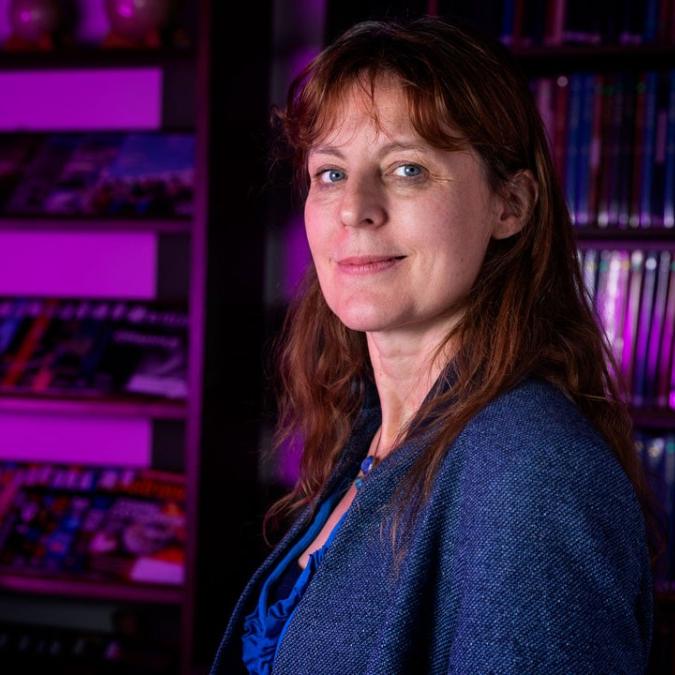
The award recognizes and honors outstanding communication by an active planetary scientist to the public.
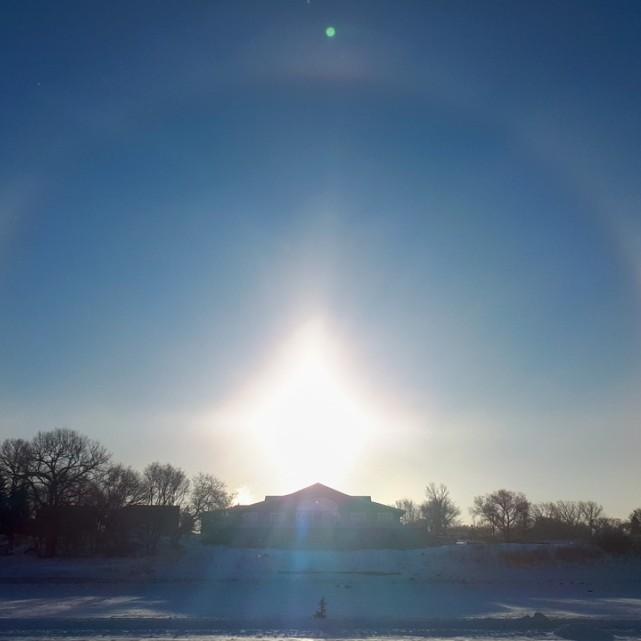
Phenomena common to Earth’s atmosphere can appear in the skies over some exoplanets of the “hot Jupiter” variety.
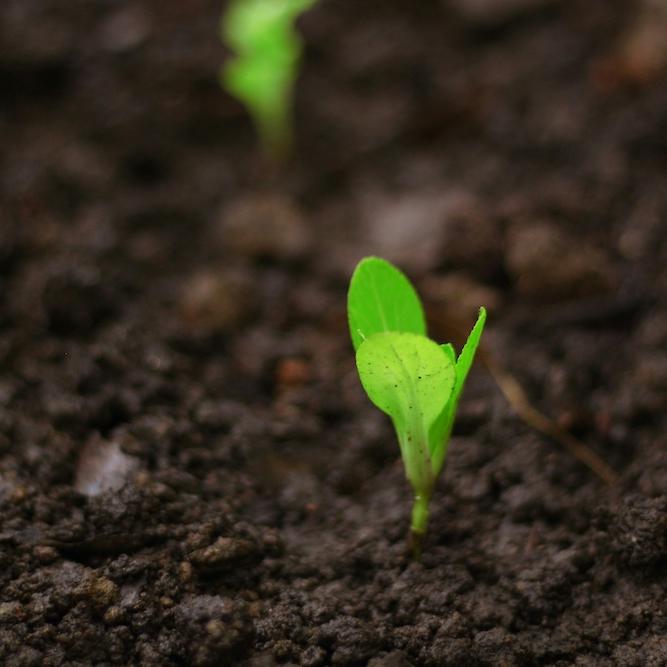

From designing a reversible male contraceptive to detecting life on distant ocean worlds, the latest Cornell Engineering SPROUT Awards are cultivating breakthroughs across medicine, space exploration, robotics and environmental sensing.
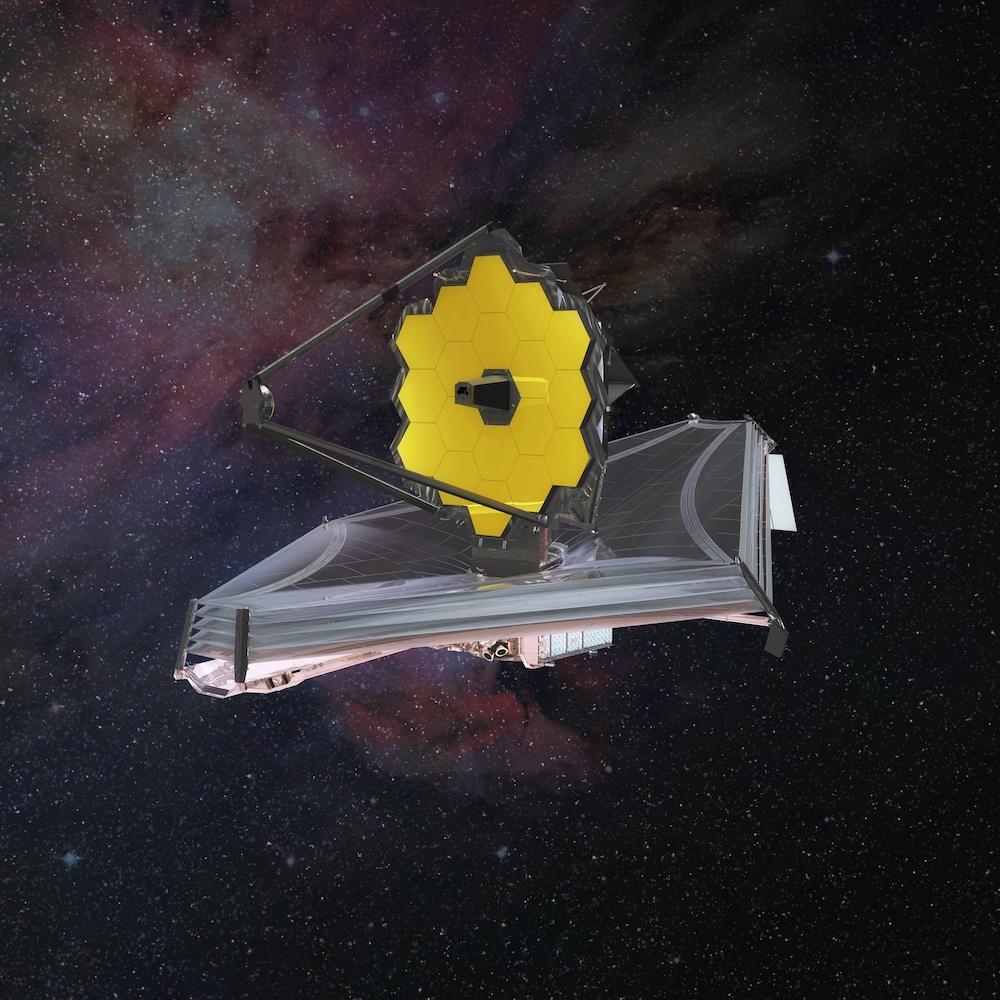
“It’s the cutting edge of what we can achieve, with better precisions and resolutions than other instruments.”

In a musical journey through the cosmos, the Cornell Symphony Orchestra will perform the world premiere of “Ex Terra, Ad Astra,” a new work commissioned especially for this year’s Young Person’s Concert.
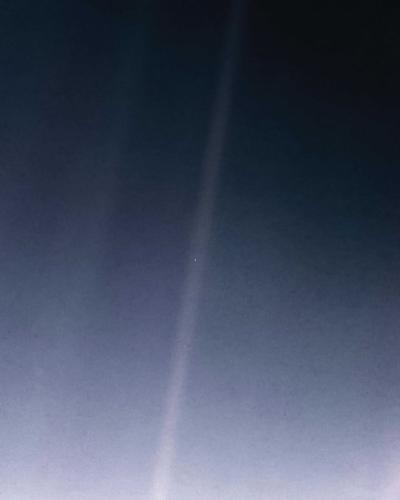
In November, we celebrated 90 years since Carl Sagan was born. On Valentine’s Day today, we celebrate 35 years since the birth of—thanks to Prof. Sagan’s persuasion—one of the greatest photographs of all time.
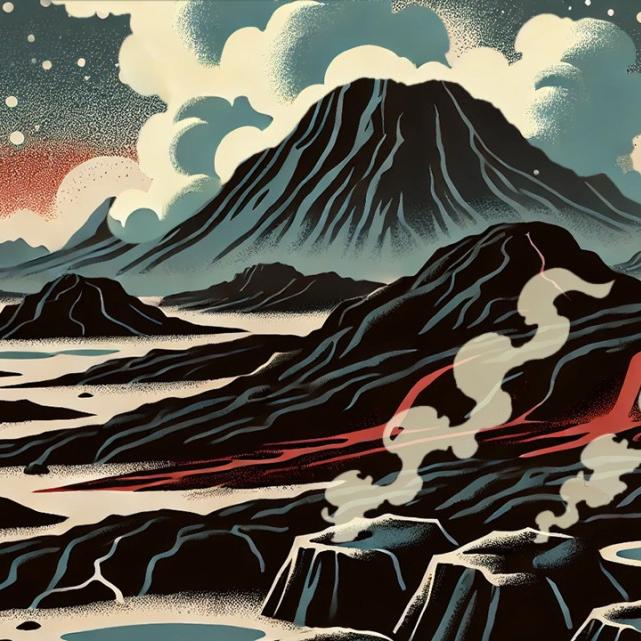

Cornell scientists are developing a library of basalt-based spectral signatures that not only will help reveal the composition of planets outside of our solar system, but also could demonstrate evidence of water on those exoplanets.
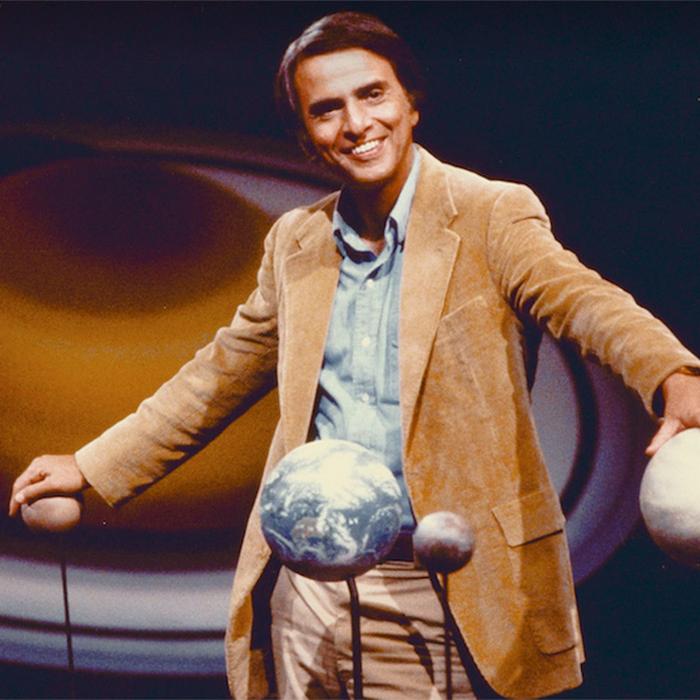
The astronomer’s legacy can be found on Earth and far beyond—from a record-setting exhibit to an iconic portrait of our planet.
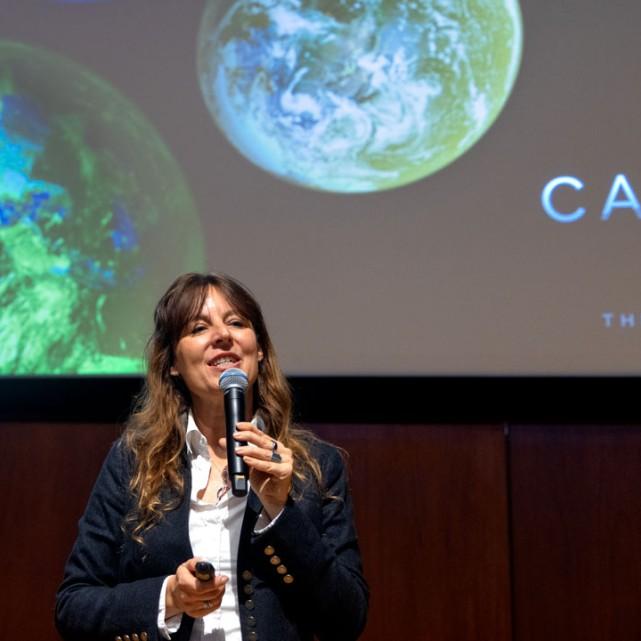

In person and online Nov. 9, thousands attended an interdisciplinary program of research presentations and music celebrating Carl Sagan’s legacy, on what would have been his 90th birthday.
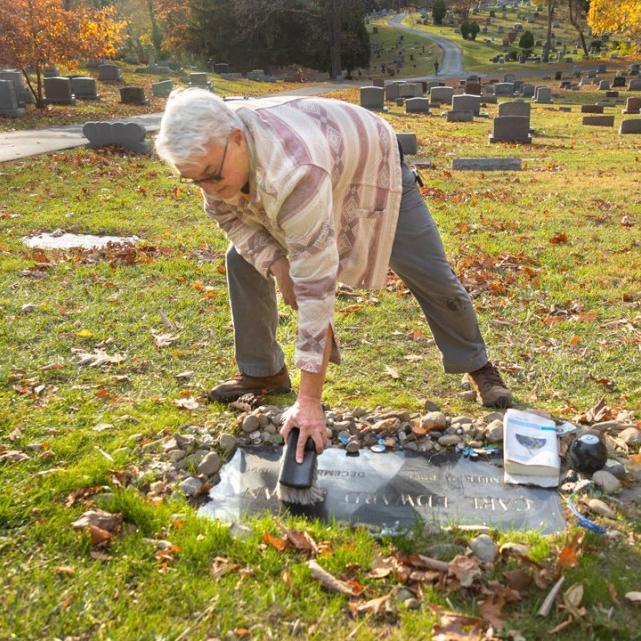

On the eve of what would have been Sagan's 90th birthday, well-wishers commune at Lake View Cemetery, leaving notes and trinkets.
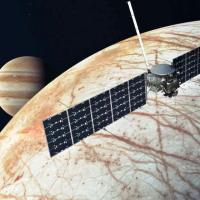
NASA has launched its next flagship science mission, Europa Clipper – the space agency's first dedicated spacecraft mission to study an ocean world beyond Earth – and Cornell scientists will play a role in reporting discoveries about its habitability.
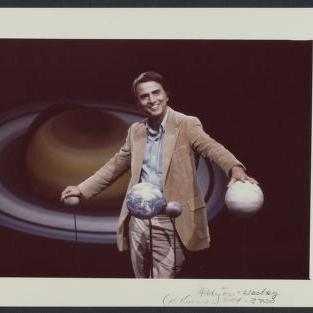
On what would have been Carl Sagan's 90th birthday, Cornell’s Carl Sagan Institute will celebrate his legacy in an interdisciplinary day of science, music and more as part of the College of Arts & Sciences’ Arts Unplugged series.

"The Austrian Space Forum (OeWF) has awarded Dr. Lisa Kaltenegger the Polar Star Award – the Austrian Space Prize. Gernot Grömer, Director of the Austrian Space Forum awards presented Dr Kaltenegger with the award at a ceremony on Monday 23 September."
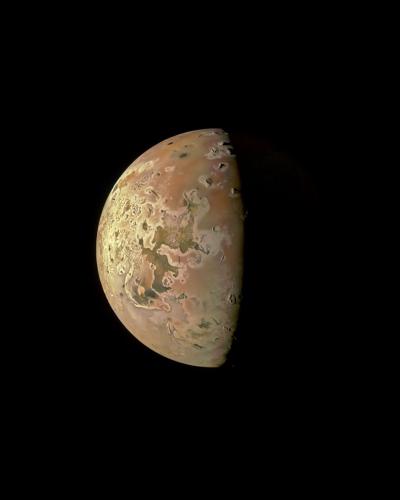
By examining flyby data from the NASA spacecraft Juno, the astronomers found that Io has active volcanoes at its poles that may help to regulate tidal heating – which causes friction – in its magma interior.
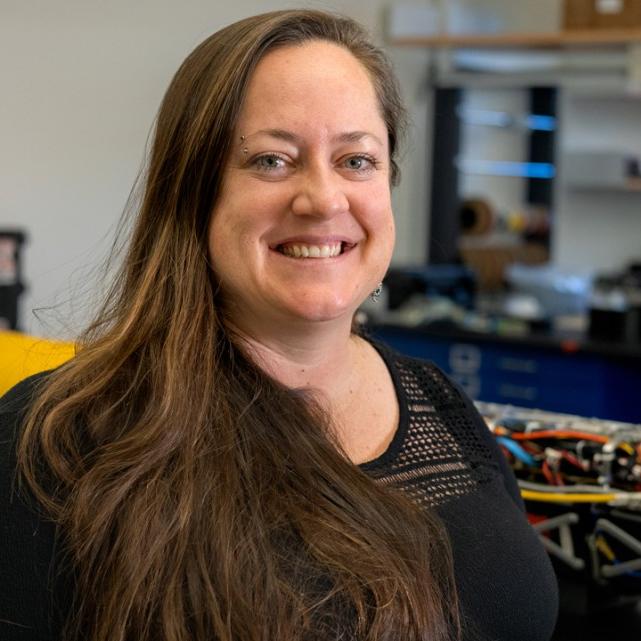

Schmidt received the award for “advancing climate science and planetary habitability studies through groundbreaking research on ice-ocean interactions and innovative exploration of Earth’s polar regions and icy planetary bodies.”


Researchers created a robot less than 1 millimeter in size that is printed as a 2D hexagonal “metasheet” but, with a jolt of electricity, morphs into preprogrammed 3D shapes and crawls.
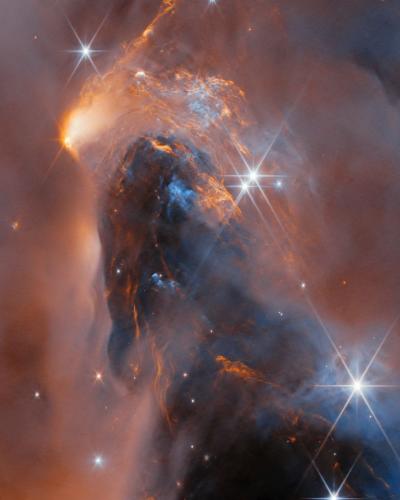
Reported in Universe Today, "a team of astronomers working with the James Webb Space Telescope (JWST) announced the discovery of six rogue planet candidates in an unlikely spot. The planets, which include the lightest rogue planet ever identified (with a debris disk around it), were spotted during Webb‘s deepest survey of the young nebula NGC 1333, a star-forming cluster about a thousand light-years away in the Perseus constellation. These planets could teach astronomers a great deal about the formation process of stars and planets. The team was led by Adam Langeveld, an Assistant Research Scientist in the Department of Physics and Astronomy at Johns Hopkins University (JHU)" and Visiting Scholar at Cornell's Department of Astronomy.
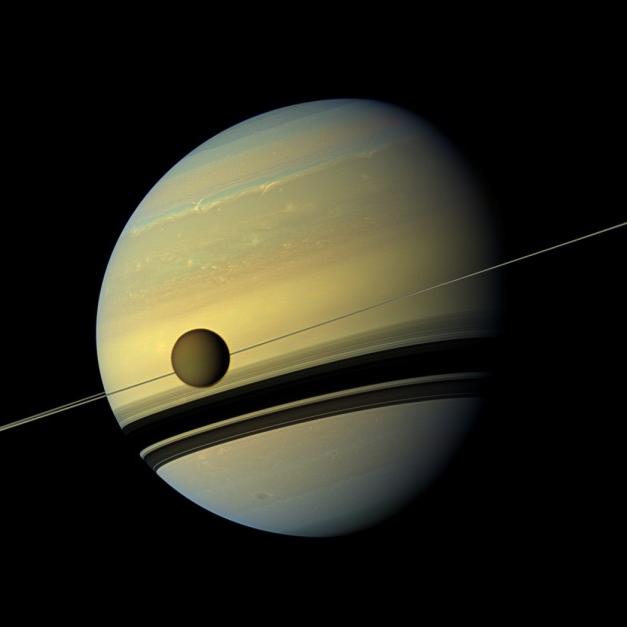

Using data from precision radar experiments, a Cornell-led research team analyzed and estimated the composition and roughness of sea surfaces on Titan.
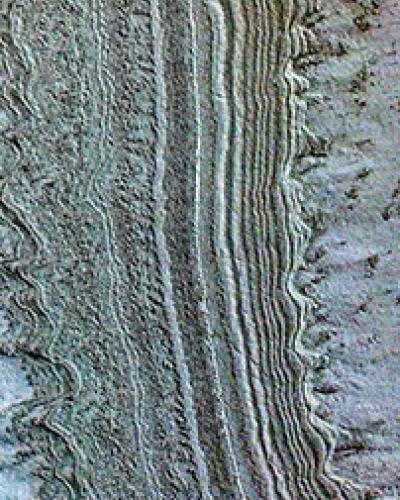
Cornell researchers have provided a simple and comprehensive – if less dramatic – explanation for bright radar reflections initially interpreted as liquid water beneath the ice cap on Mars’ south pole.

As chief scientist, Lunine will guide the laboratory’s scientific research and development efforts, drive innovation across JPL’s missions and programs and enhance collaborations with NASA Headquarters, NASA centers, the California Institute of Technology, academia, the science community, government agencies and industry partners.
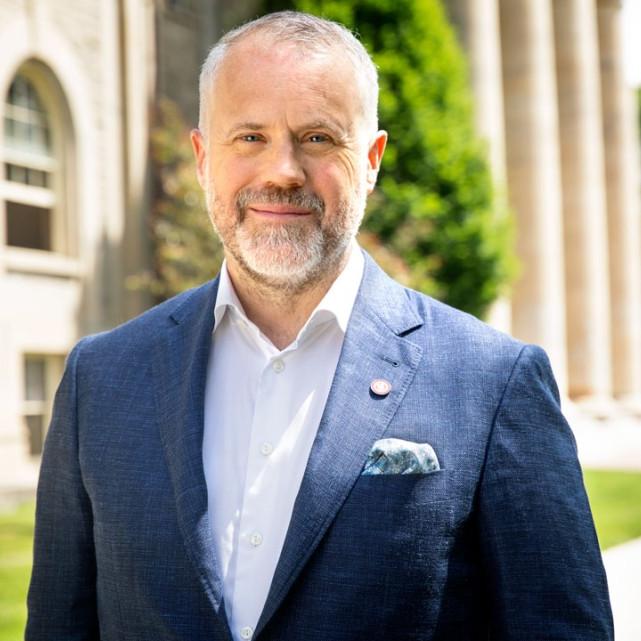

Coming from the University of Toronto, where he was the director of the Munk School of Global Affairs and Public Policy, Loewen began his five-year appointment as the Harold Tanner Dean of the College of Arts and Sciences Aug. 1.
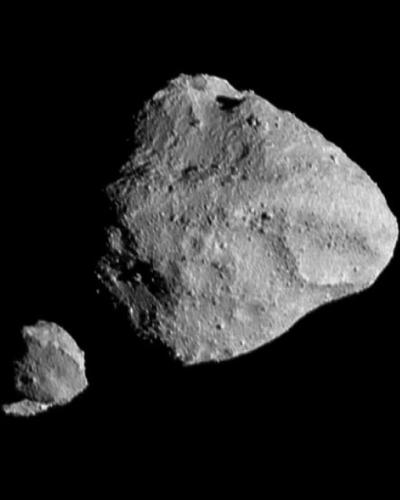
A Cornell-lead research team derived the age of Selam, a “moonlet” orbiting the asteroid Dinkinesh in the main asteroid belt, based only on the pair’s dynamics.


Purple bacteria is one of the primary contenders for life that could dominate a variety of Earth-like planets orbiting different stars, and would produce a distinctive "light fingerprint," Cornell scientists report.
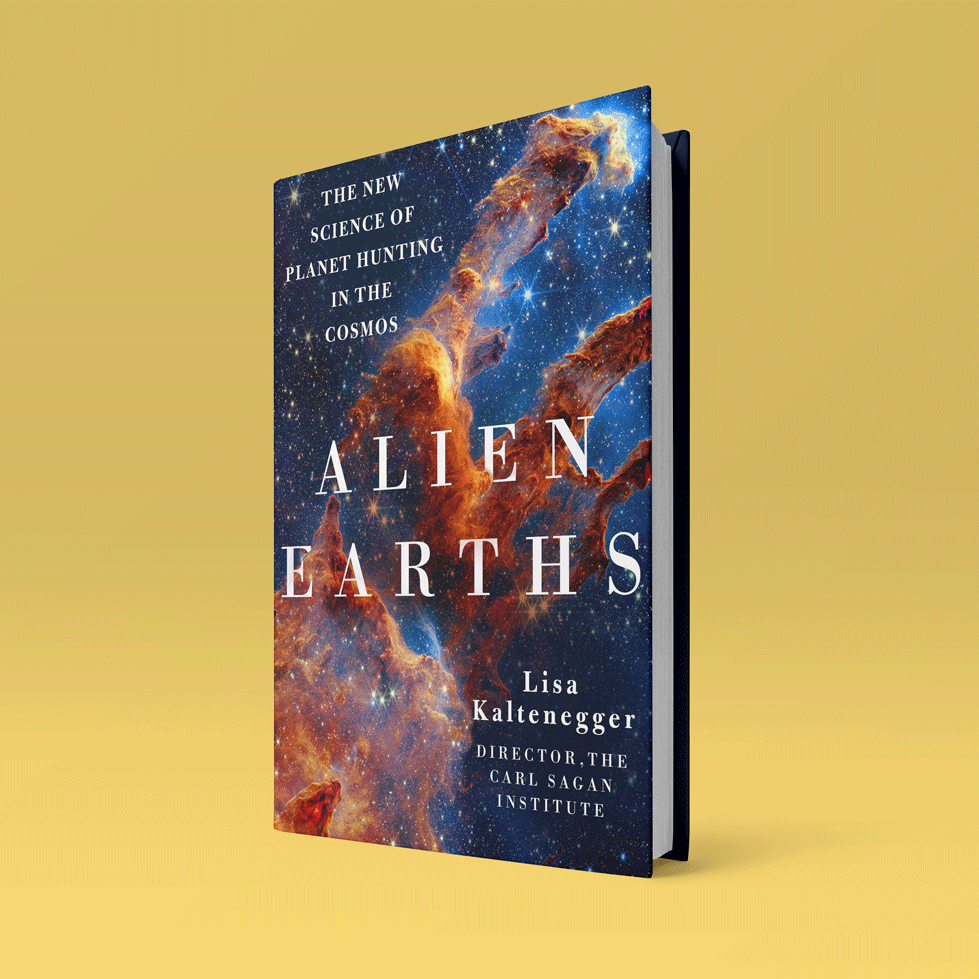
The clues we find on exoplanets could be as strange as a bioluminescent glow or a rainbow hue, as astronomer Lisa Kaltenegger describes in “Alien Earths: The New Science of Planet Hunting in the Cosmos.”

"Have dinosaurs evolved on other worlds? Could we spot a planet of glowing organisms? What nearby star systems are positioned to observe Earth passing in front of the sun? These are just a few of the questions that Lisa Kaltenegger has joyfully tackled. As the founding director of the Carl Sagan Institute at Cornell University, she has pioneered interdisciplinary work on the origins of life on Earth and the hunt for signs of life, or biosignatures, elsewhere in the universe."
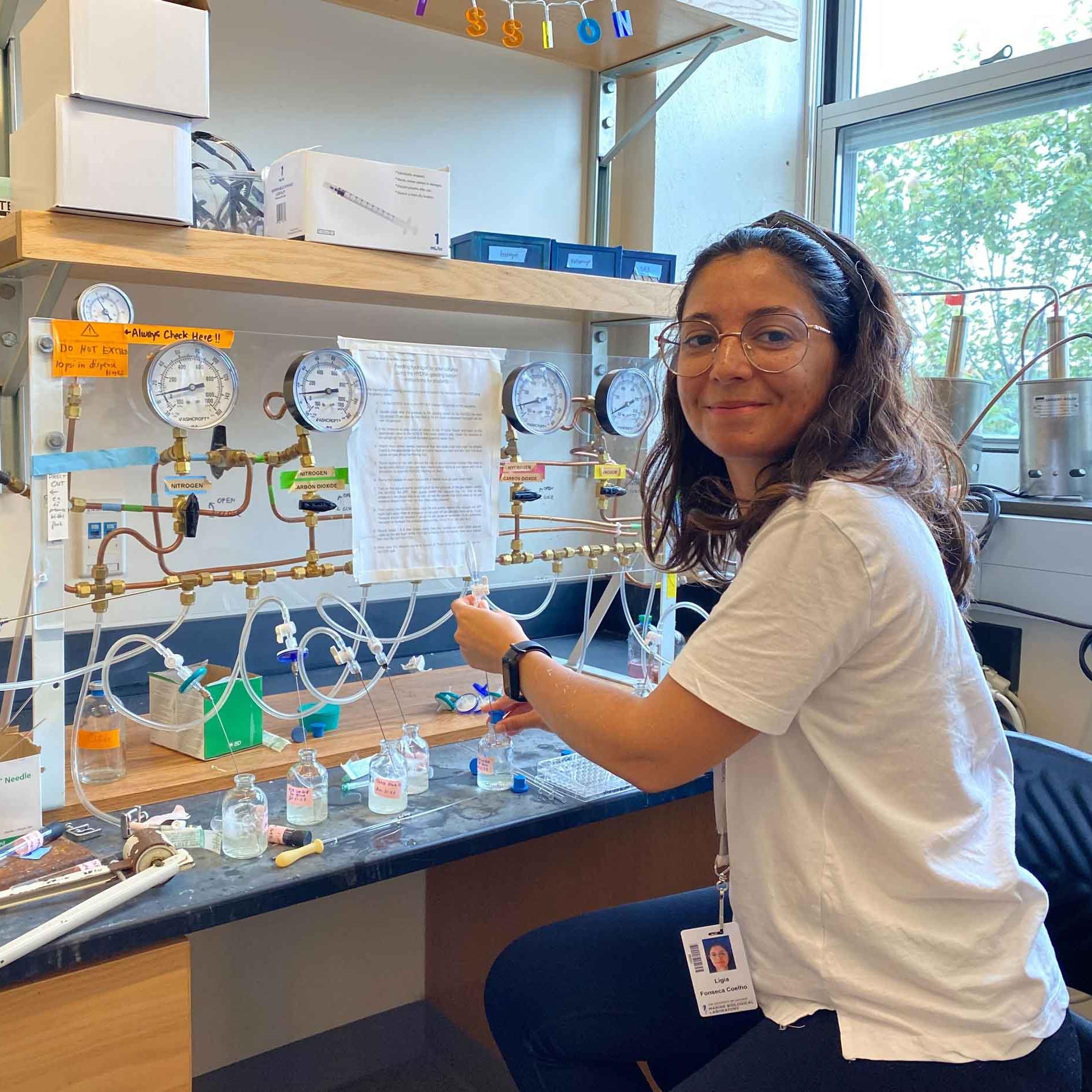
The three-year postdoctoral fellowship, granted to Lígia Fonseca Coelho and Zach Ulibarri, provides recipients with resources, freedom, and flexibility to conduct theoretical, observational, and experimental research in planetary astronomy.
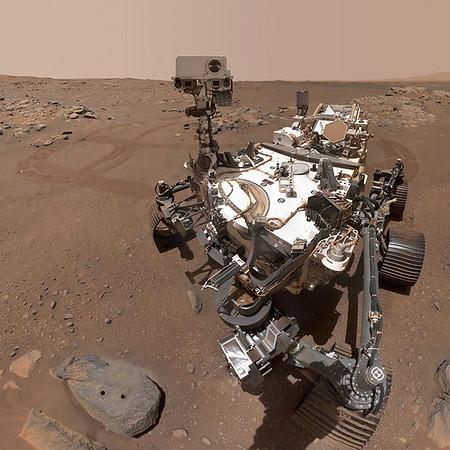

Samples of Martian rock and soil could be stranded if Congress doesn't adequately fund a NASA mission to retrieve them, Astronomy Chair Jonathan Lunine told a U.S. House subcommittee on March 21.
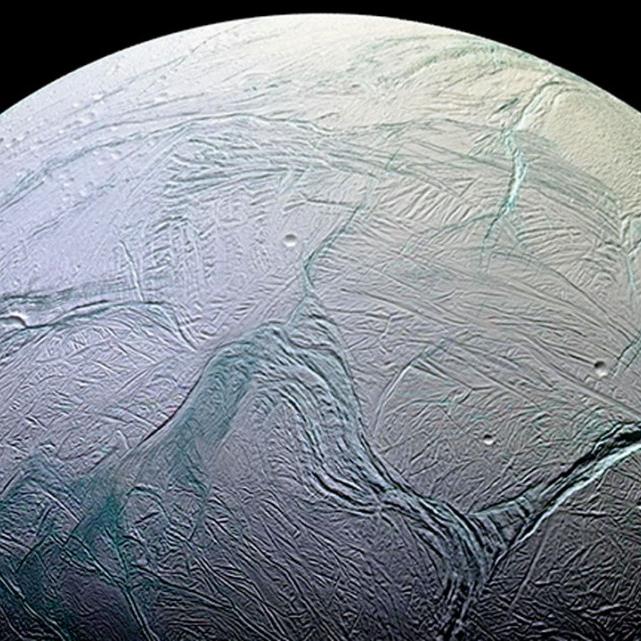

Decades before any probe dips a toe – and thermometer – into the waters of distant ocean worlds, Cornell astrobiologists have devised a way to determine ocean temperatures based on the thickness of their ice shells, effectively conducting oceanography from space.
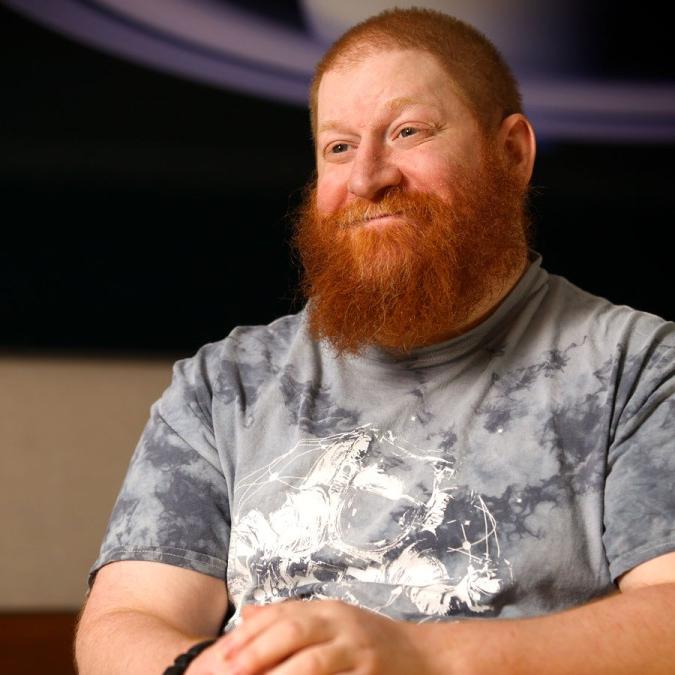
With the help of a Cornell astronomy researcher, the first radio telescope ever to land on the moon will lay the foundation for detecting habitable planets in our solar system by observing Earth as if it’s an exoplanet.
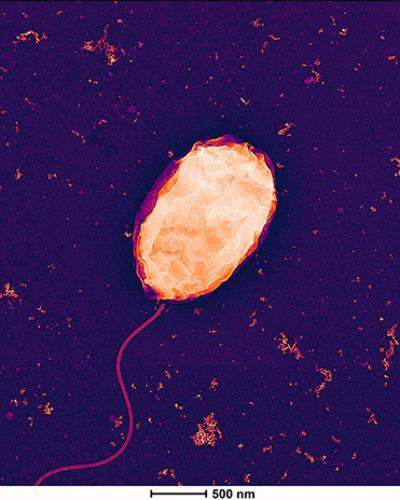
Cornell researchers have created a new version of a microbe to compete economically with E. coli – a bacteria commonly used as a research tool due to its ability to synthesize proteins – to conduct low-cost and scalable synthetic biological experiments.

As part of their “Voyager Spacecraft Week,” the Cornell Astronomical Society joins Cornell Cinema to present “Cosmos” Episode 6: “Traveler’s Tales” on Feb. 13.
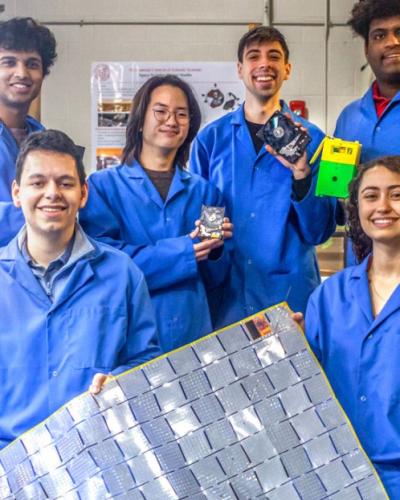
A light sail that could one day propel small spacecraft through interstellar realms is headed to the International Space Station and will be tested by astronauts on behalf of Cornell’s Space Systems Design Studio.
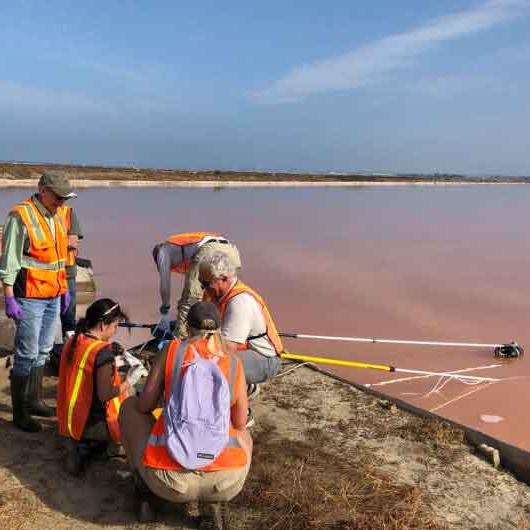
The research shows how changes in salinity may affect life in aquatic habitats on Earth and widens the possibilities for where life may be found throughout our solar system.
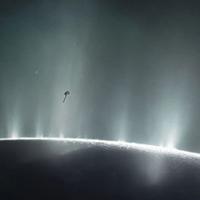
This "study emphasizes new directions for future missions to measure habitability on other worlds, using Saturn's icy moon Enceladus as a primary example."
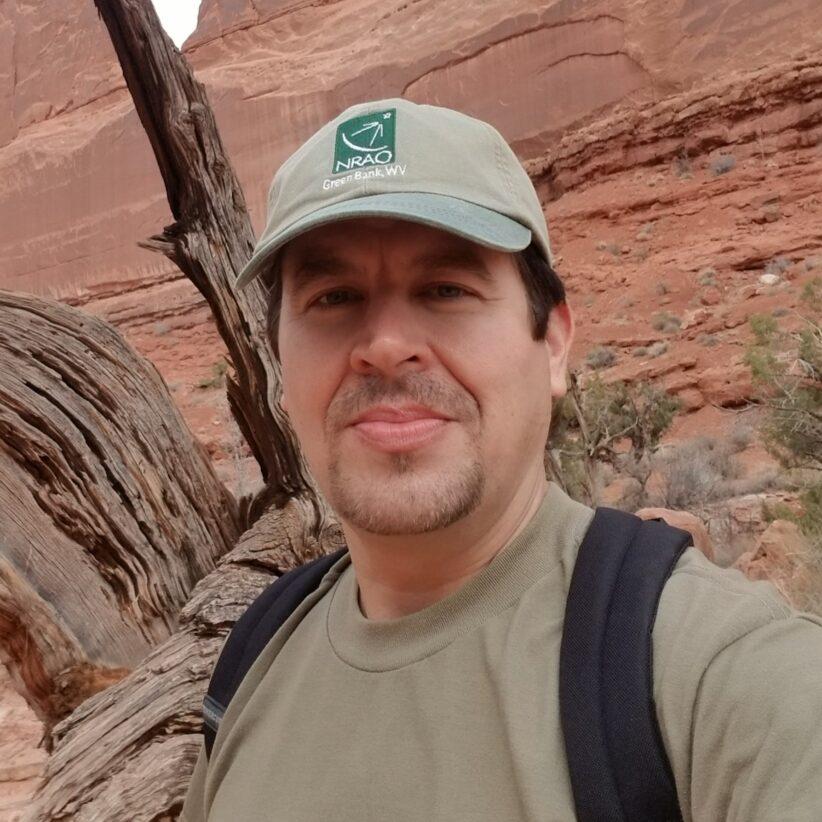
Derek Berman, doctoral student in geological sciences, studies the geophysical environment of Mars’ Jezero crater.
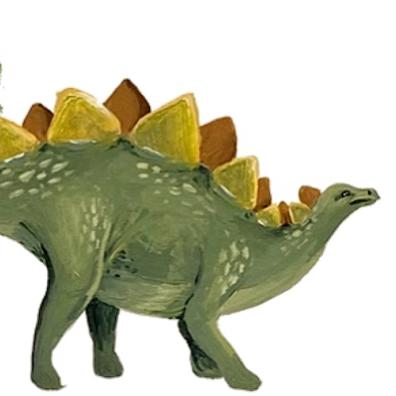

Telescopes could better detect potential chemical signatures of life in the atmosphere of an Earth-like exoplanet more closely resembling the age the dinosaurs inhabited than the one we know today, Cornell astronomers find.
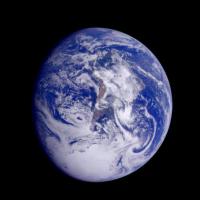
Thirty years ago, astronomer Carl Sagan convinced NASA to turn a passing space probe’s instruments on Earth to look for life — with results that still reverberate today.
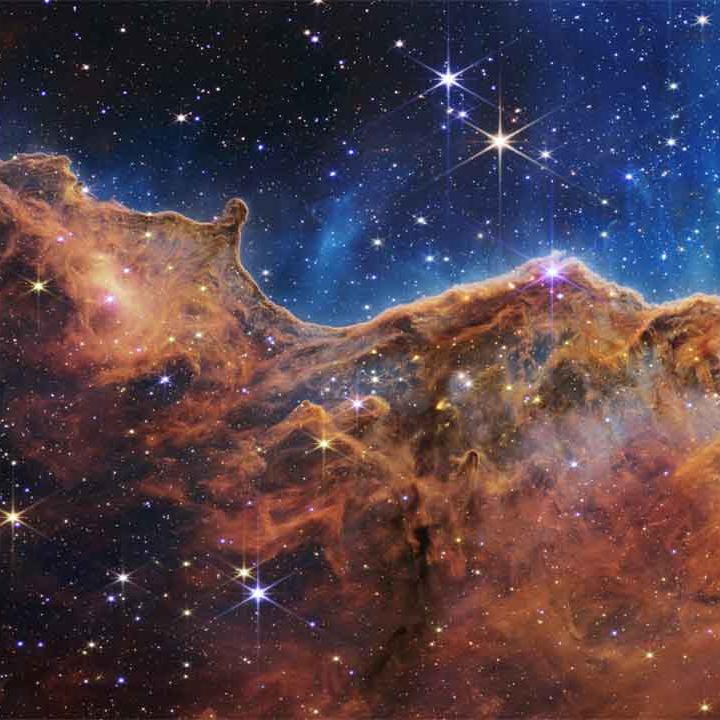
An interdisciplinary group of researchers has identified a missing aspect of Darwin's theory that applies to essentially everything.
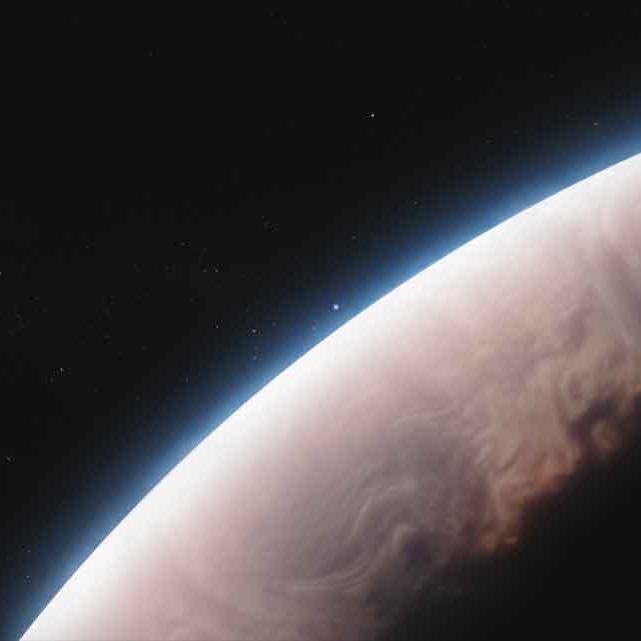

The quartz crystals are only about 10 nanometers across (one-millionth of one centimeter), so small that 10,000 could fit side-by-side across a human hair.
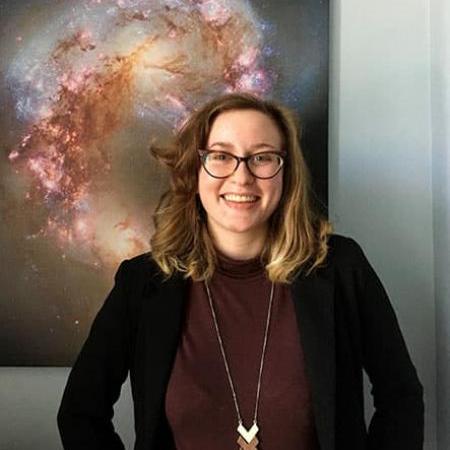
The Brinson Prize supports postdoctoral scholars in carrying out novel research in observational cosmology.
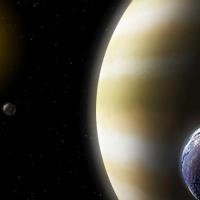

Researchers have discovered a molecule that could determine the temperature and other characteristics in exoplanets.
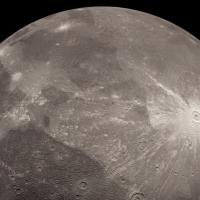

A Cornell astronomer who is part of JWST’s Early Release Science program report the first detection of hydrogen peroxide on Ganymede and sulfurous fumes on Io, both the result of Jupiter’s domineering influence.
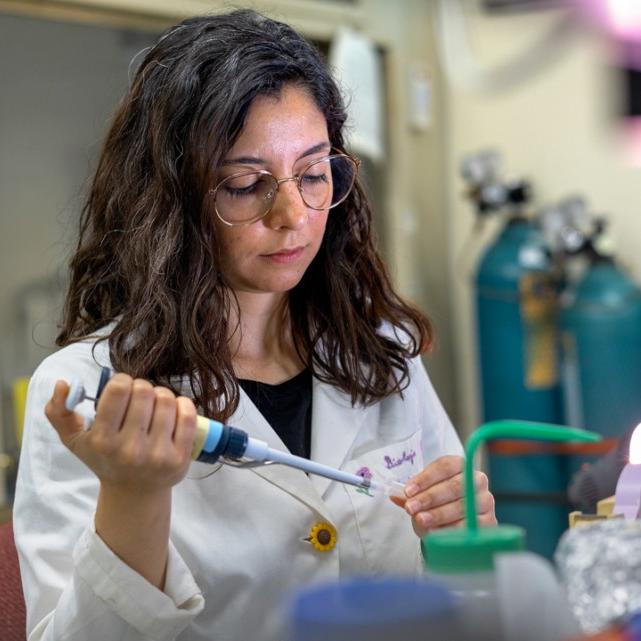

“With AstroCup, what we really wanted was not only to launch the cup but to launch this conversation.”
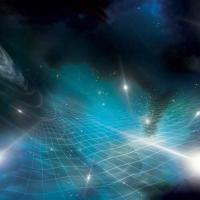

A 15-year collaboration in which Cornell astrophysicists have played leading roles has found the first evidence of gravitational waves slowly undulating through the galaxy.
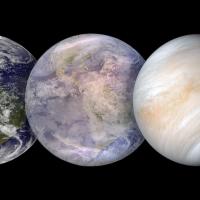
A recently discovered exoplanet may be key to solving how close a rocky planet can be to a star, and still sustain water and life.

A recently discovered exoplanet may be key to solving how close a rocky planet can be to a star, and still sustain water and life.
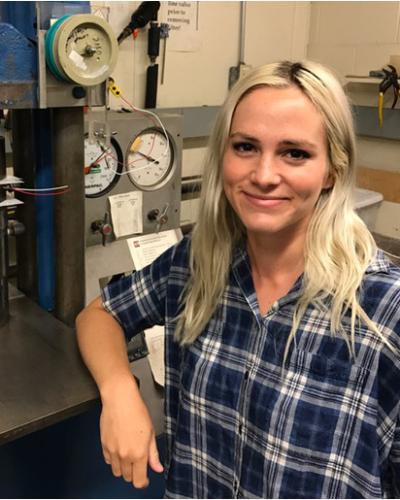
Megan Holycross, assistant professor of earth and atmospheric sciences at Cornell Engineering, has received a National Science Foundation Faculty Early Career Development Program (CAREER) Award for her research into the origins of the Earth’s continental crust.
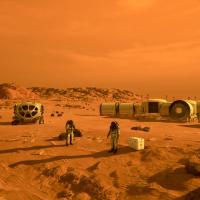
Carl Sagan Institute researcher Morgan Irons examined the long-term physical needs of humans living far from Earth.
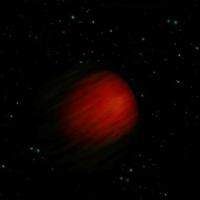
Researchers discovered that the atmosphere of exoplanet HD149026b, a ‘hot Jupiter’ orbiting a star comparable to our sun, is super-abundant in the heavier elements carbon and oxygen.